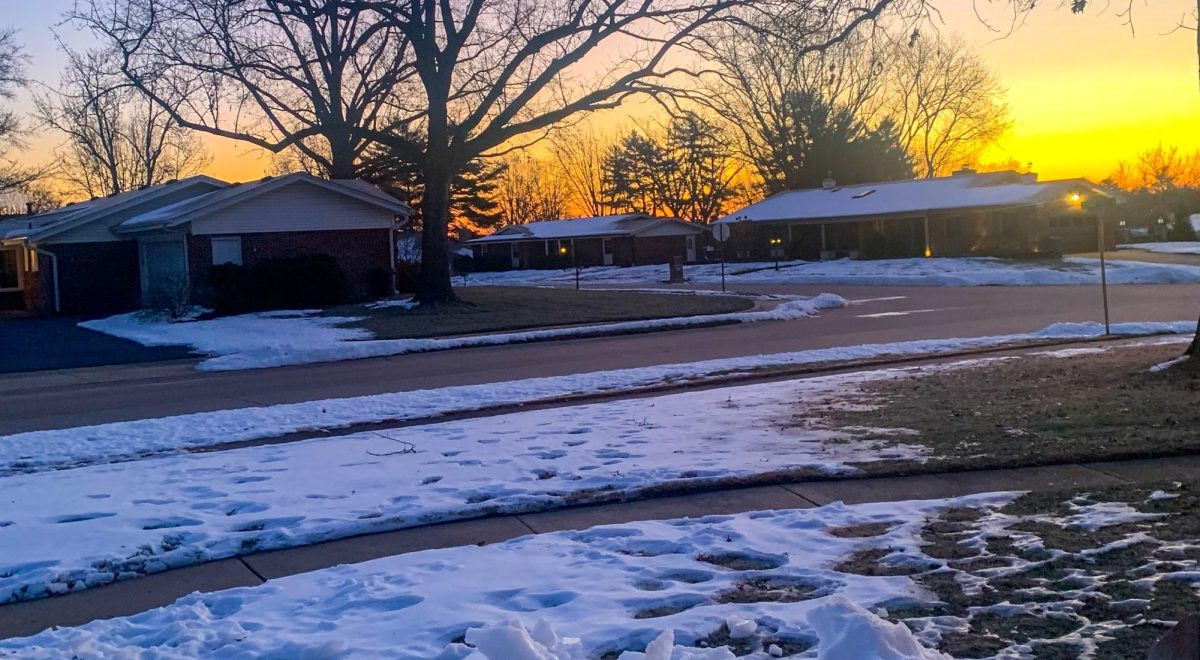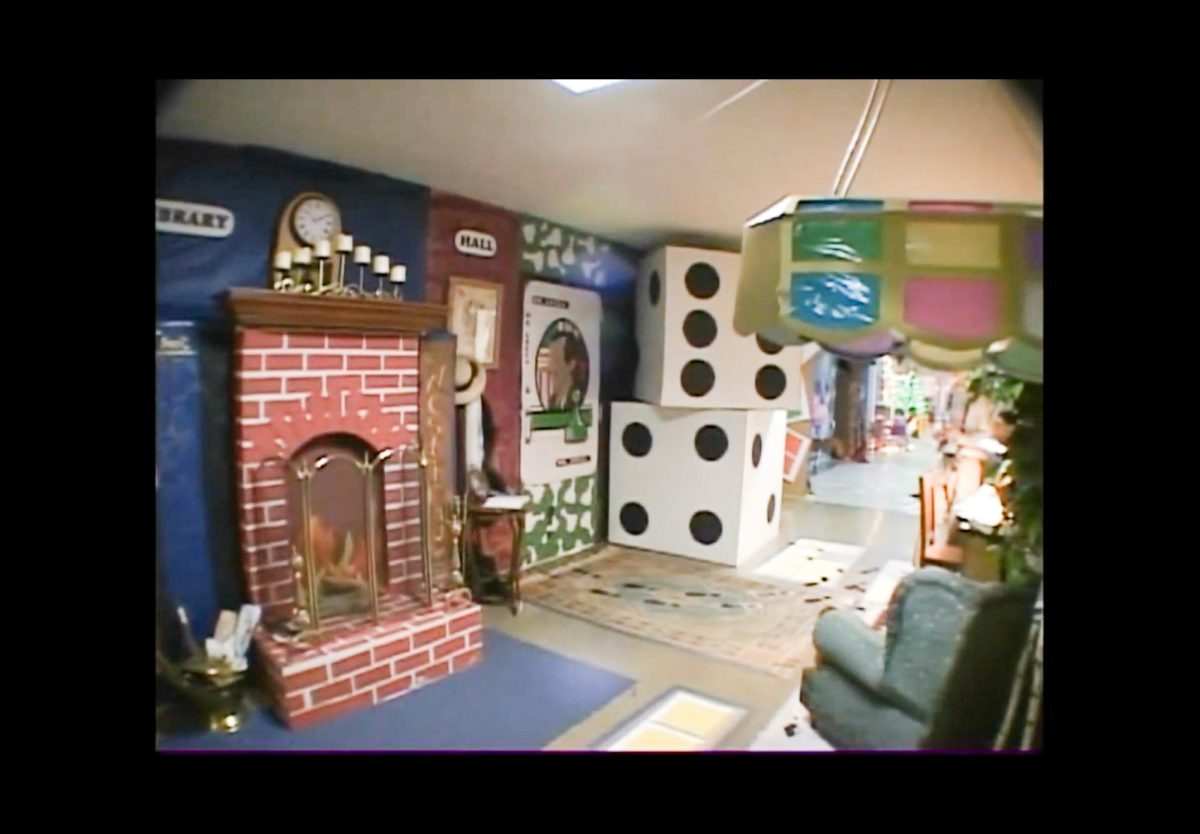Every day, students trudge to school and drag themselves through the day. They sit through all their classes and write down everything their teachers tell them. Then they go home with a heavy backpack and try to finish all their homework. School has always been this way, and it continues to stay this way, even though every other part of the culture is rapidly changing.
In this culture, where students have Google in their pockets and information is cheap, schools and educators are scrambling to try and find a good system that balances the information students have to learn. Many teachers want to keep the same system, and the only change they make is increasing the amount of information their students learn. However, many educators disagree with this method, and say that it actually inhibits learning.
“Schools cover so much, but don’t develop the topics with depth. So students can’t actually understand and form an opinion,” said Nancy Greenlee, a tutor who lives in St. Louis and helps kids with autism as well as high school kids, “They are presented with too much information and are required to learn it too fast, and in the end, they don’t learn much.”
Students are used to having their minds filled and then emptying all the information they ‘learned’ on a test. Due to all the information they are expected to learn, and the fast pace they learned the information, students can’t form an opinion. They don’t learn how to think, only how to hear and repeat. The exams test students’ memories, not their understanding.
That’s not to say there is no learning going on in school. Plenty of students do understand the information given to them in school.
“I see many students who are learning and understanding. Are all students learning and understanding all the time? Probably not. It’s hard to get it right with so many different types of learners and students ready to learn on all different levels,” said Kathy Karigan, upper school guidance counselor.
Balance has always been a challenge for schools. Many educators will admit this, but many schools haven’t changed at all to attempt to obtain balance. The system is the same as it was 100 years ago, even though technology has improved by leaps and bounds and the information taught in schools can be found with a simple Google search.
“Education professors by and large are working on a model that has existed for 100 years… our future teachers are not in touch with current trends or movements,” said Josh Stumpenhorst, a sixth grade social studies teacher who is a large advocate for reforming the education system, on his blog.
Recently, schools have implemented the ‘flipped classroom’ model. Popularized by the Kahn Academy, the flipped classroom model is where the students take a recording of the lesson home and watch it on a DVD, and then go to the classroom and do practice problems to see if they’ve processed what they have learned.
This allows the teacher to have more hands-on work with his students, and it also allows the student to replay and relearn the lesson until they truly understand what is being taught. But this is only one of the many ways school could be changed, and not everyone agrees that it is a good system.
“For me, the flipped classroom is bad. Period. With that being said, I think the flipped classroom idea has allowed some people to move out of a comfort zone. It forced some teachers to look at their practice with a critical eye which is a good thing,” said Stumpenhorst.
The flipped classroom model has allowed teachers to actually look at and change their teaching methods for the better. However, it is not the answer. Stumpenhorst found that the teachers who said the flipped classroom helped their teaching actually just started teaching and helping the individual.
“I have talked with teachers that are firmly on the flipped bandwagon and will tell you their teaching has been transformed for the better. They have shared how they have increased engagement and their students are achieving at a higher level than ever before. Yet, when you talk further with these people, they are not operating a flipped classroom and pushing lectures at home. They are simply evolving their teaching to meet the needs of the individual learners and are using a plethora of tools and resources to do so. In my book, this is not flipping…this is teaching as it should be,” said Stumpenhorst.









